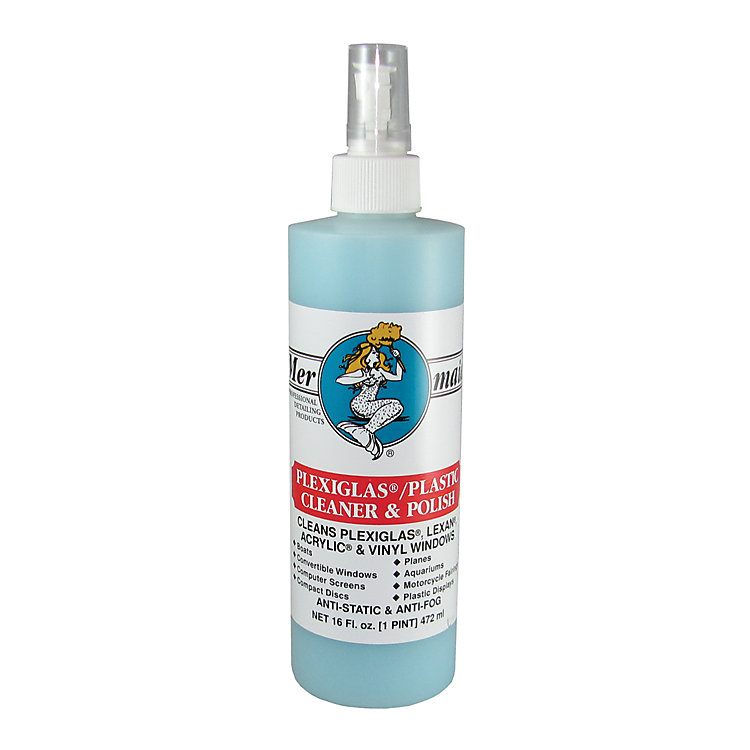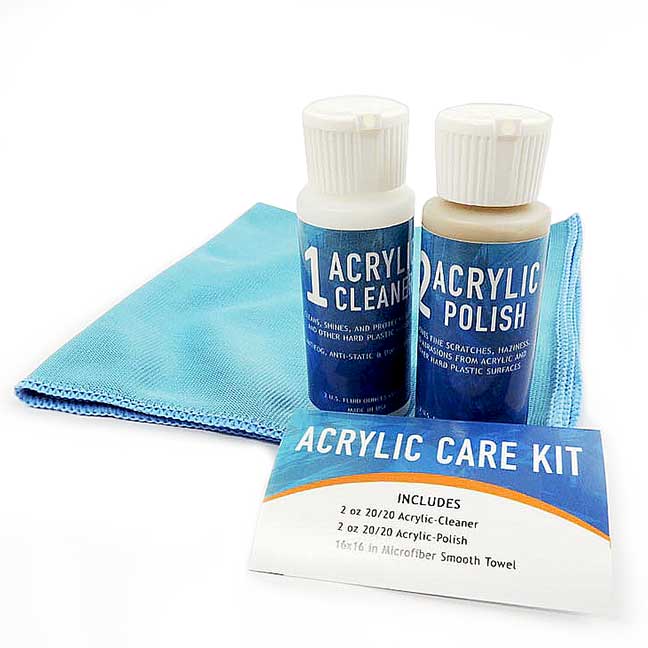


#Cleaning flexiglass professional
Trust Gergely’s Maintenance King as your professional partner. Cotton cloths or shams are also safe as long as they’re clean and used with a light touch-any grit or small bits caught in the fibers will scratch acrylic, as will scrubbing aggressively. They’re absorbent enough to effectively remove the amount of water that should be sprayed on for cleaning, but soft enough that they leave no scratches in the soft polymer. The best choice for cleaning acrylic surfaces is microfiber towels. Any rags or cloths made primarily of synthetic fibers should also be avoided, except in one unique case. The same is true for most commercial sponges and mopheads-don’t try to use either to clean clear acrylic barriers. Paper towels are prone to scratching acrylic and shouldn’t be used. While hard surfaces like glass or tile will tolerate just about type of cloth or rag imaginable, clear acrylic will not. You also need to be vigilant about the type of cloth used when cleaning acrylics. If your plexiglass does get scratched, scratches on acrylic can be. However, the choice of cleaning solution isn’t the only factor in play. There are some cleaning products that you should avoid because they can scratch or. While labor-intensive, the process helps to extend the usable life of clear acrylics significantly. The solution should be sprayed on liberally, allowed to stand for a few moments, wiped away with a clean cloth, and rinsed away with plain distilled water and another clean cloth. The best cleaning solution to use on acrylic is distilled water and a bit of dish soap. Bleach solutions can be used safely on acrylics, but you need to be vigilant about the concentration-solutions must be highly diluted, or they may cause cracking and hazing. Those chemicals cause the polymer to develop a haze over time they can make clear acrylics look more like frosted glass, potentially ruining them for future in-class use. Several common types of cleaners need to be avoided, including a few that are almost definitely in your supply closet.Īny cleaning products that contain abrasives, alcohol, ammonia (this includes most commercial glass cleaners), or aromatics/perfumes shouldn’t be be used on acrylic, particularly clear acrylic. The downside is that acrylic is much less durable than glass and needs to be cared for more gently, especially when cleaning. In average-sized school buildings, that could mean a few hundred acrylic barriers to clean and disinfect every day-and acrylic scratches very easily, so specialized cleaning supplies and techniques are necessary.Īcrylic, especially derivatives like plexiglass, is a popular replacement for glass because both the material and installation are cheaper. The barriers, especially, look like they’ll be in wide use this school year. Many of them will be bringing students back into buildings in some capacity, often with changes to the layout of classrooms and/or new sanitary equipment like acrylic barriers and additional hand-sanitizing stations. In a few short weeks, school districts around the country will start the new school year.


 0 kommentar(er)
0 kommentar(er)
